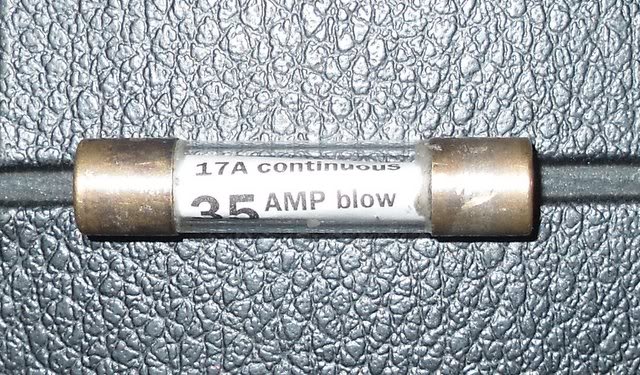- Joined
- Jan 31, 2010
- Messages
- 3,204
I referred to this a bit in a different thread but thought I'd post this FWIW re my 3 phase 180W alternator charging on my 73 Commando with a normal headlight: (WRONG! - NOTE posted later - I checked and found I do not have a standard bulb which, per what I've read, is a 45/40W; mine is an 80/100W. I forgot I had changed to this last year.)
Charging (voltage at battery), headlight off:
Idle (900RPM) 12.6v
1500RPM 14.6
2000 RPM 15.0
3000 RPM 15.17 (doesn't get higher regardless of increased RPM)
Headlight on, low beam:
Idle 11.6
1500 11.9
2000 12.71
3000 14.12
Headlight on, high beam
Idle 11.38
1500 11.7
2000 12.2
3000 13.35
Interestingly, with the headlight on, the battery is discharging until around 2k RPM and even then the alt is just barely keeping it charged. With hi beam you have to be around 2500 before the battery is no longer discharging. The 180W alternator was installed by a previous owner and I have no idea how old it actually is or how those figures would compare to a new alternator. Obviously, you can cruise along comfortably in 4th with the high beam on at around 60MPH with no worries re charging.
Charging (voltage at battery), headlight off:
Idle (900RPM) 12.6v
1500RPM 14.6
2000 RPM 15.0
3000 RPM 15.17 (doesn't get higher regardless of increased RPM)
Headlight on, low beam:
Idle 11.6
1500 11.9
2000 12.71
3000 14.12
Headlight on, high beam
Idle 11.38
1500 11.7
2000 12.2
3000 13.35
Interestingly, with the headlight on, the battery is discharging until around 2k RPM and even then the alt is just barely keeping it charged. With hi beam you have to be around 2500 before the battery is no longer discharging. The 180W alternator was installed by a previous owner and I have no idea how old it actually is or how those figures would compare to a new alternator. Obviously, you can cruise along comfortably in 4th with the high beam on at around 60MPH with no worries re charging.

